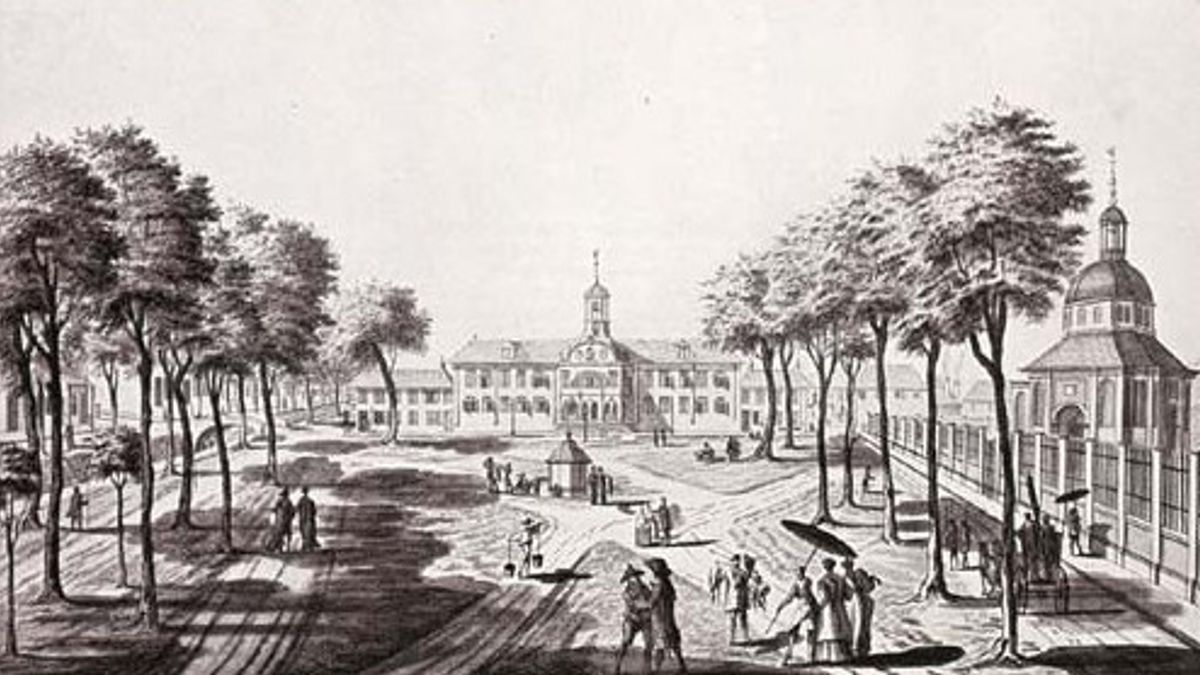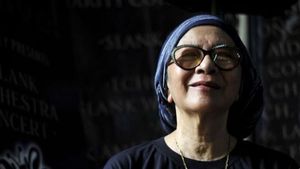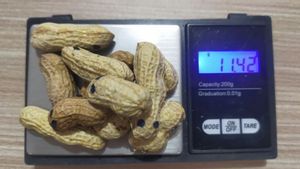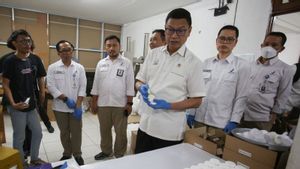JAKARTA - The government, through the Ministry of Public Works and Public Housing (PUPR) has appointed a winner in the competition to build the nation's capital city in East Kalimantan. Jakarta is getting closer to parting with the title as the nation's capital.
Apart from its strategic location, Jakarta as the nation's capital has an important historical record. Since the days of the kingdom, this city that has changed its name repeatedly has been the heart of government from time to time.
Historically, Jakarta was originally named Sunda Kelapa. The name has been embedded since Jakarta was under the rule of the Sunda Kingdom or Galuh-Pakuan in the 12th century, as quoted by indonesia.go.id. However, another version recorded in the Kebon Kopi Inscription in 942, the name Sunda Kelapa has existed since entering the tenth century under the Tarumanegara Kingdom.
Complete records of the existence of the new Tarumanegara Kingdom were compiled in the Wangsakerta script by Pangeran Wangsakerta from 1677-1698. As a result, there is a lot of controversy and polemic about the truth. However, at least in the interpretation of the Wangsakerta Manuscript, the Sunda Kelapa region has indeed become an important area.
The reason is, in the text it is explained, Sunda Kelapa has become the capital of the Salakanegara Kingdom - the forerunner of the Tarumanegara kingdom - which later became the Sundanese kingdom or Pajajaran kingdom that existed until 1579 AD. The capital city is located in the Ciondet area which is now known as Condet, which is in the East Jakarta area.
The Importance of Sunda Kelapa
Sunda Kelapa which is a port city has an important role in the history of human development. As written by Santoso Sugondo in Sunda Kelapa Towards the Historical Period (1995), the city which is also known as Bandar Jakarta has been used as a stopover and city of spice trading for the Arabs, Europe and India as well as China, with traders and residents of the archipelago. .
Trade between nations from abroad and traders and residents of the archipelago is often associated with the Silk trade, which routes are mostly carried out through sea shipping routes. Therefore, Sunda Kelapa will certainly also fight actively.
In addition, the Sunda Kelapa area is physically a port area which is the meeting place between the ocean and land areas. As explained in Supratikno Raharjo's writing entitled Sunda Kelapa Harbor as a Center for Interaction: A Geographical Approach (1995), there are advantages from a social and cultural perspective.
One of these advantages is that the Sunda Kelapa region is a meeting point for people from various backgrounds of different cultural environments. Therefore, every form of social interaction that occurs, has the potential to encourage the creation of a pluralistic society.
It's been a struggle
Sanusi, in Indonesian History (1955) wrote, Sunda Kelapa City during the Pajajaran kingdom was already known as an international port city. No doubt the city was fought over. In 1522, for example. At that time, Pajajaran clashed with three kingdoms, Islam, namely Cirebon, Demak and Banten.
The battle was later won by the joint forces of the Islamic kingdom led by Fatahillah. Since being under the rule of the Islamic kingdom, the city of Sunda Kelapa changed its name to Jayakarta. The westerner who stopped by called this city by the name 'Jacatra'. Until 1619 the Dutch still used that name.
This trading city is a meeting place for merchants from all over the world, including from Europe and the Middle East. In addition, traders from various countries often stop by here.
However, since Jan Pieterszoon Coen with a thousand troops attacked the Kingdom of Banten and destroyed Jayakarta in 1619, this city was practically controlled by the Dutch. Through the De Heeren Zeventien (Council 17) agreement of the VOC (Vereenigde Oost Indische Compagnie), on March 4, 1621 the name was changed to 'Batavia'.
As noted by indonesia.go.id, the name Batavia comes from the name of the Germanic ethnic group who lived on the banks of the Rhine, and is considered the ancestor of the Dutch and German people, Bataf. The Dutch people honored their ancestors so much that they felt the need to perpetuate the name Batavia in its colonies, including Nusantara or Indonesia.
After being controlled by the Dutch for a long time, Batavia finally fell into Japanese hands in the 1940s. In line with the de-Dutchization policy by the Japanese government, city names were deliberately changed to Indonesian or Japanese. Practically, in 1942 the name Batavia changed to Djakarta.
According to Lasmijah Hardi in my Jakartaku, Jakartamu, Jakarta Kita (1987), the name change coincided with the celebration of the Great East Asian War Day on December 8, 1942. The city's full name is 'Jakarta Tokubetsu Shi'.
Long story short, the name Jakarta continued until Indonesia's independence. After independence, the then Minister of Information at the RIS (Republic of Indonesia), Arnoldus Isaac Zacharias Mononutu, on this day today 30 December 70 years ago or in 1949, emphasized that there is no longer any name Batavia for this city.
The giving of the name Jakarta was again confirmed on June 22, 1956 by the Mayor of Jakarta, Sudiro (1953-1960). At that time, before 1959, the position of Jakarta was still part of West Java Province. In 1959, the status of Jakarta underwent a change from a municipal municipality under the mayor to be upgraded to a First Level Region led by the governor.
The first governor was Soemarno Sosroatmodjo. In 1961, the status of Jakarta was changed again, from the First Level Region to the Special Capital Region (DKI) until now.
The English, Chinese, Japanese, Arabic, and French versions are automatically generated by the AI. So there may still be inaccuracies in translating, please always see Indonesian as our main language. (system supported by DigitalSiber.id)









